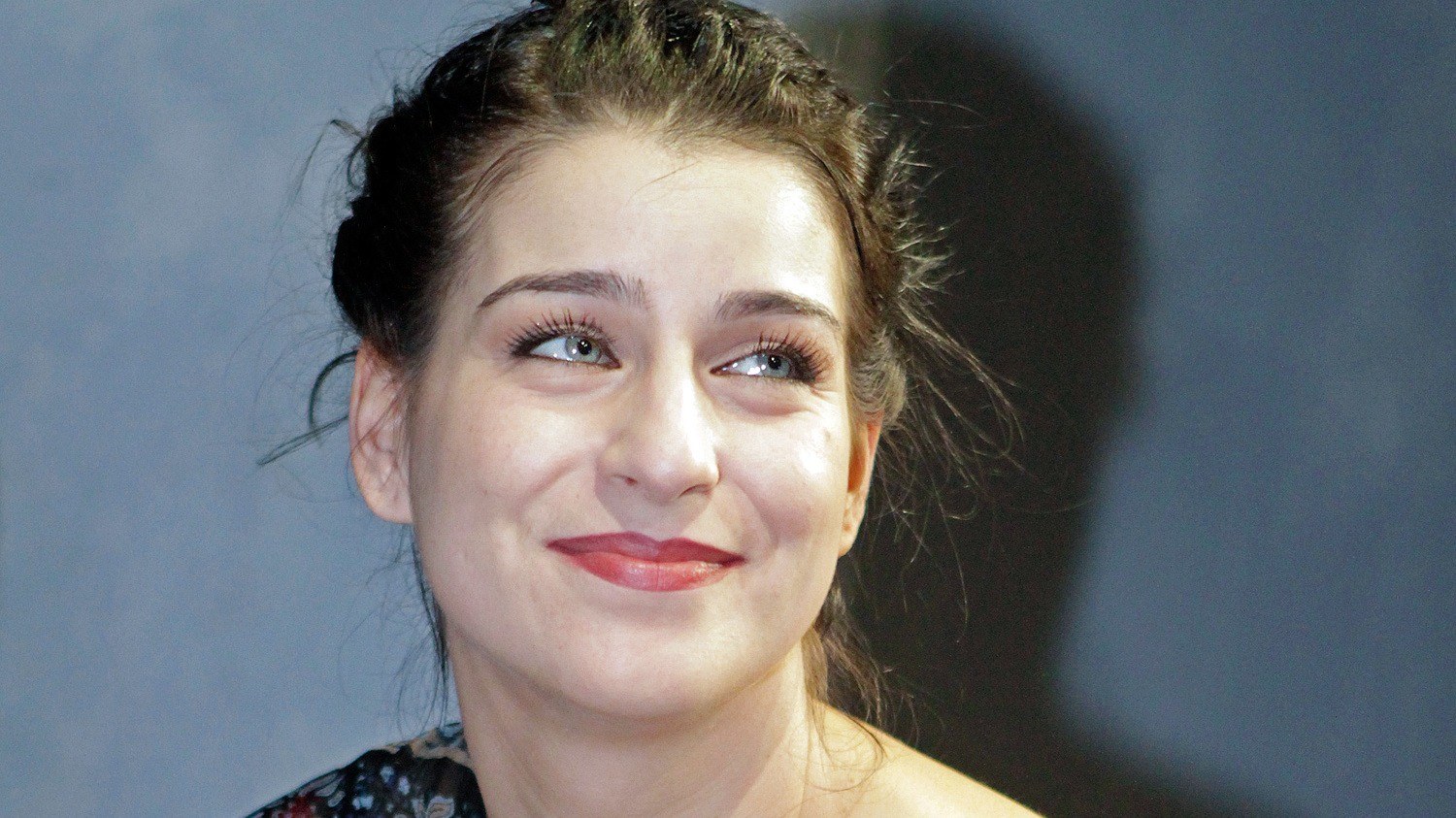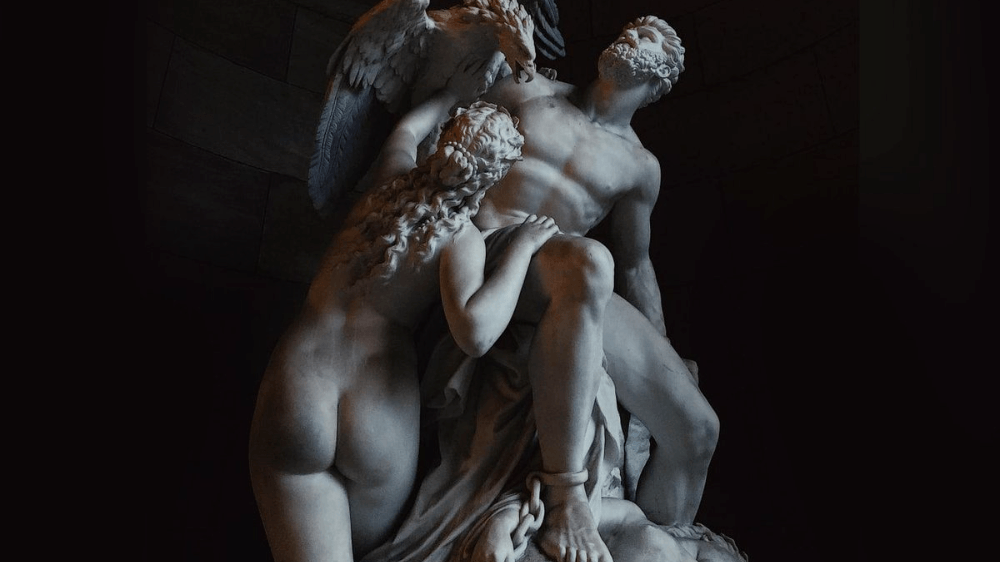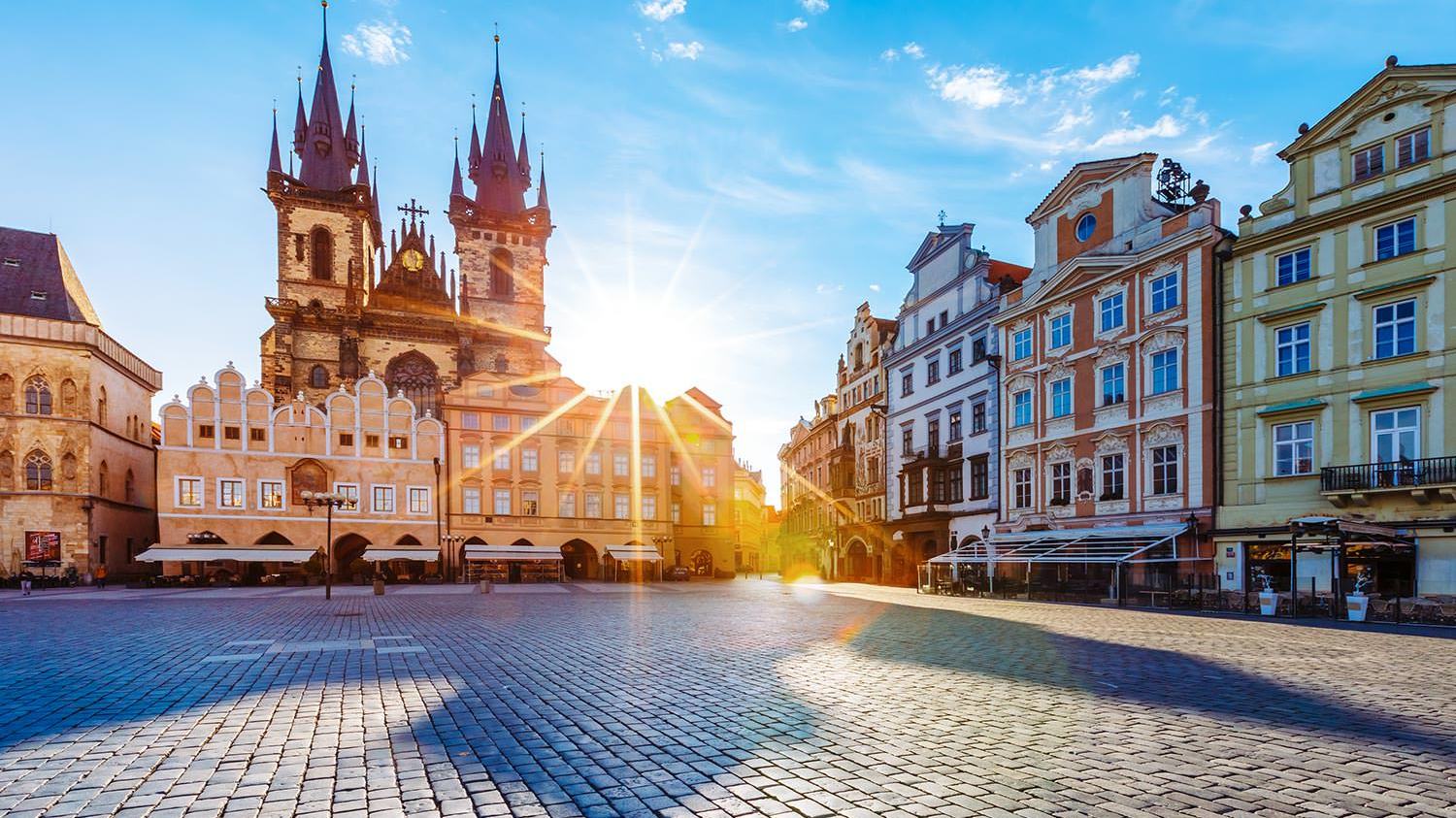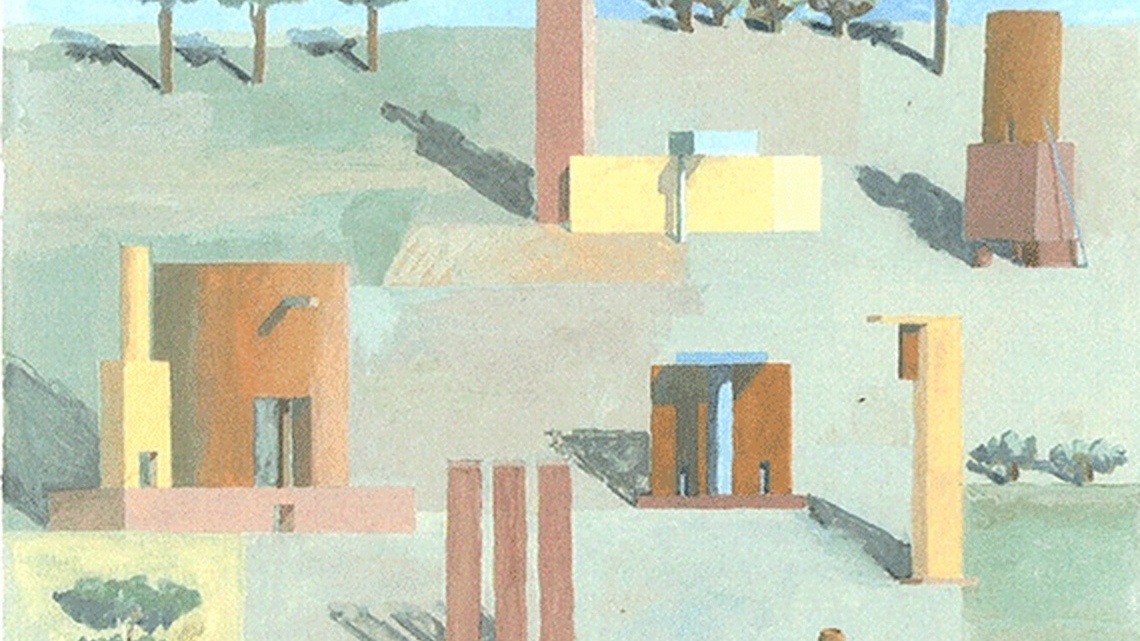Asmik Grigorian Sings Tchaikovsky
On April 14, the Lithuanian soprano, Asmik Grigorian, performed a live-streamed recital at Congress Hall in Vilnius. Although no audience could be admitted, Grigorian’s mother, Irena Milkevičiūtė was in attendance. Milkevičiūtė, a famous opera singer in her own right, celebrated her birthday on the same day. Asmik’s father was the Armenian tenor, Gegham Grigorian. Three Romances The program included three of Tchaikovsky’s Romances for voice and piano. All three songs are tinged with …







